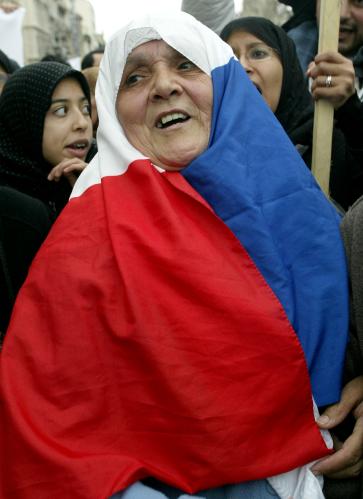EXECUTIVE SUMMARY
Pakistan exhibits symptoms that point to high potential for youth radicalization. The situation is marked by a poor education system stratified along socio-economic lines and disparate economic opportunities across segments of society. These warning signals increase the likelihood for young members of society being lured towards extremist causes. Moreover, the presence of an extremist infrastructure, the impeccable organizational discipline and widespread social networks of Pakistan’s Islamic political and militant outfits, a failure of the moderate forces to deliver credible results, and myopic U.S. policies further enhance Islamist influence
While Pakistan’s bloated youth cohort and a noticeable desire among young men to attain education and find respectable livelihoods could act as an agent for positive change in ideal circumstances, a proactive and multi-faceted policy approach is required to generate desirable outcomes. Given Pakistan’s strategic importance and its potential to disrupt South Asian peace, the international community has a high stake in ensuring a positive turnaround. Key policy interventions required in the immediate future, while maintaining a broader objective, must specifically target the younger generation. Youth specific interventions by the U.S. should include:
- Enhancing the quality of Pakistan’s public education rather than retaining a disproportionate focus on the madrassah system.
- Intervening in terms of the educational content, with modest agenda of simply returning the textbook contents to the pre-Islamization period.
- Making socio-economic aid conditional upon Pakistan’s ability to spread benefits to the masses instead of tying it solely to terrorism.
- Revising U.S. visa and immigration policies for young Pakistanis in order to provide them with a constructive outlet, perhaps through a formal protocol that allows disproportional access to young Pakistani citizens belonging to lower socio-economic classes.
- Consciously attempting to expose young Pakistanis to U.S. culture by reopening information and cultural centers throughout Pakistan.
Broader measures by the U.S. that bear relevance to young Pakistanis should include:
- Playing a constructive role in nudging India and Pakistan towards normalization. Barring normalization, Pakistan will be tempted to maintain a link with extremists, which in turn will allow the militant enclave to continue operating and recruiting young men from Pakistani society. In essence, the state’s support to extremism will have to cease before the specter of youth violence can be laid to rest.
- U.S. officials need to be sensitive to the conservative nature of Pakistani society and their diplomatic jargon needs to be tailored accordingly. The language of western liberalism must not be used to communicate with Pakistanis. For example, by conflating the notions of conservatism and extremism (which carry entirely different connotations for Pakistanis) and dismissing both, the U.S. inadvertently supports ‘secular’ ideals in a country where an overwhelming majority abhors them. This leads to further resentment against the U.S., which is in turn exploited by extremists to win recruits.
- Exhibiting patience with regard to its Afghan policy and understanding that any efforts to produce short-term results risk a social implosion within Pakistan.

